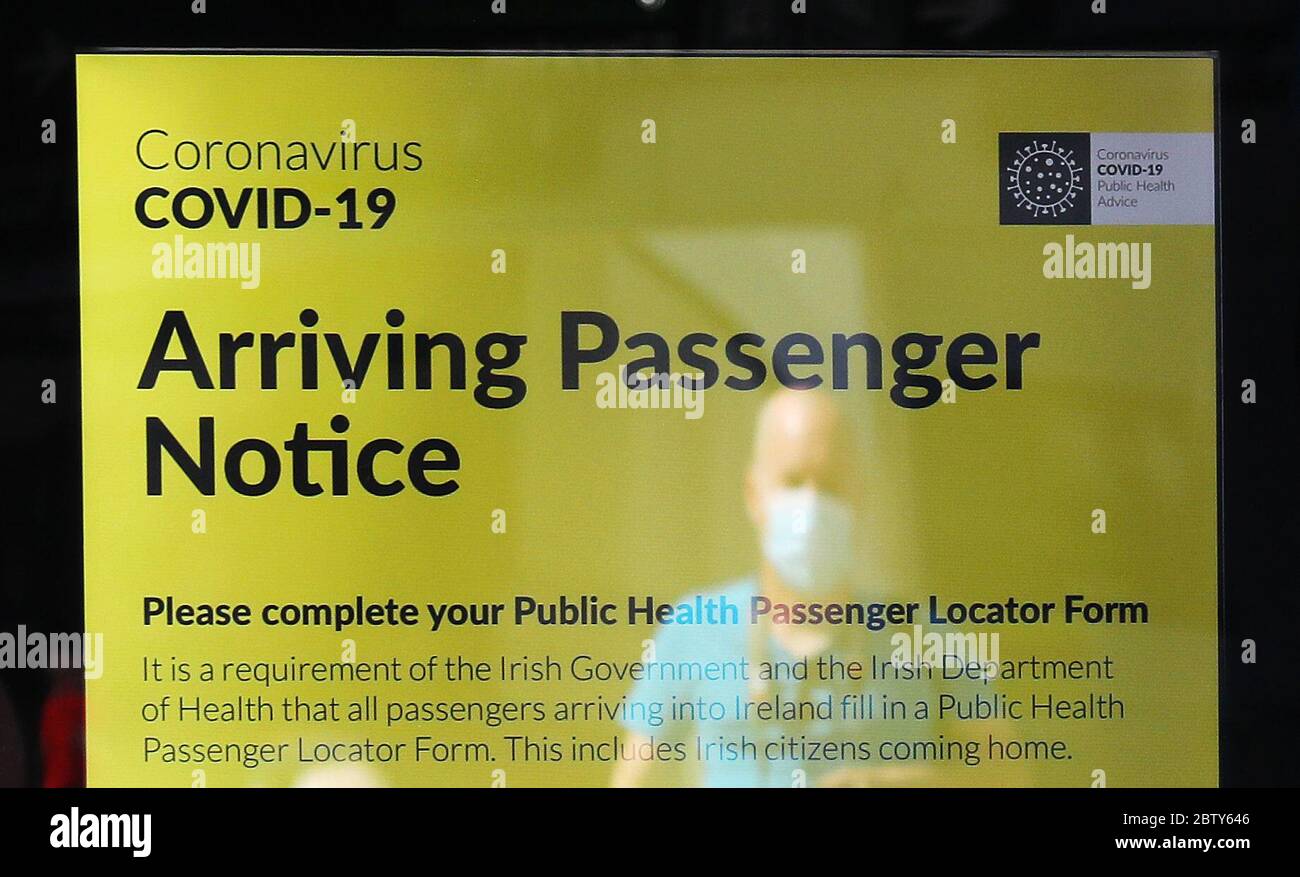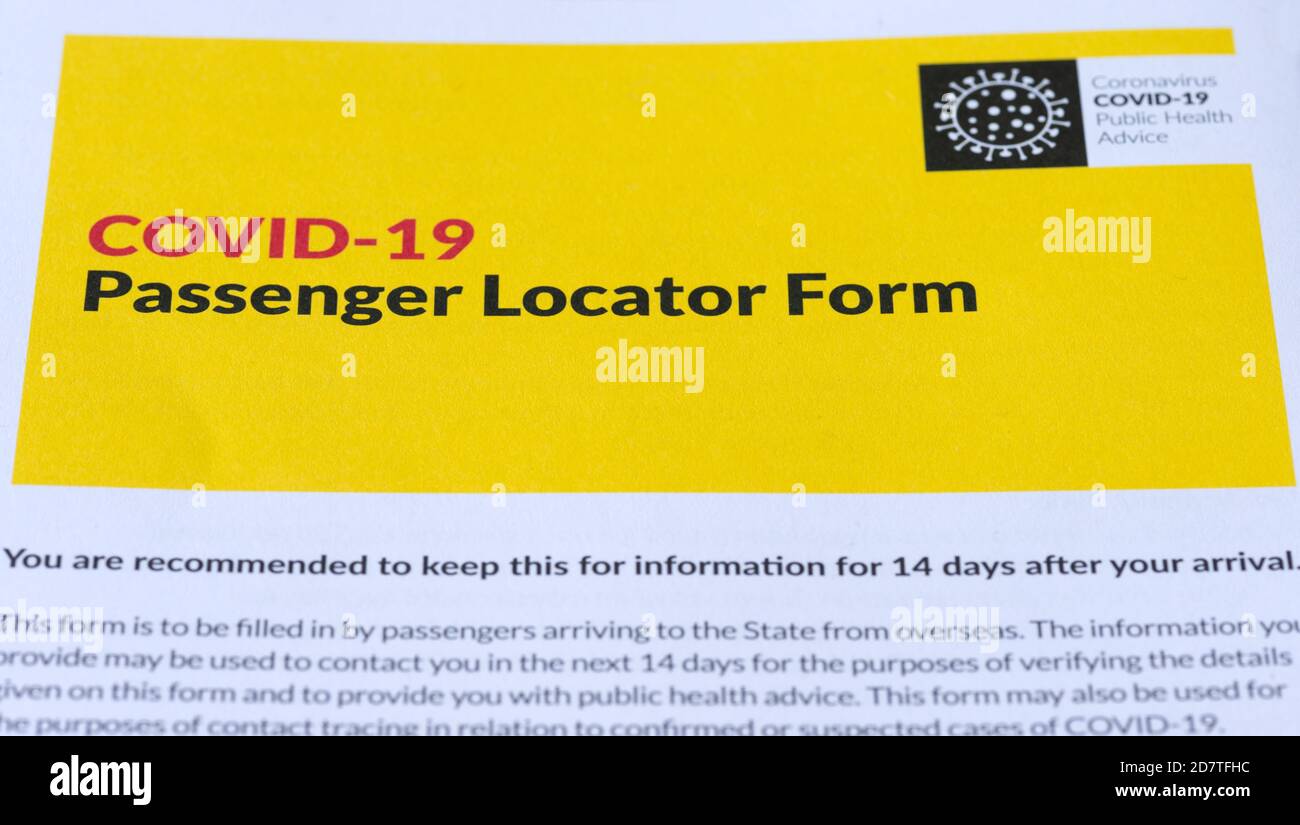

Passengers arriving into Ireland from inside EU + Iceland, Lichtenstein, Norway, Switzerland However, where one accompanying adult needs to self-quarantine, then all children must also self-quarantine.

Children of any age, travelling with accompanying vaccinated or recovered adults will not be required to self-quarantine post arrival. You also have to have appropriate valid proof of vaccination or recovery, or to present evidence of a negative RT-PCR result from a test taken within 72 hours prior to arrival into the country.Ĭhildren between the ages of 12 and 17 will be required to have a negative RT-PCR test taken within 72 hours prior to arrival to travel into the country, unless they have valid proof of vaccination or recovery. If you are travelling to Ireland from abroad you must fill out a Passenger Locator Form before departure. Travelling to Ireland during the COVID-19 Pandemic | Dublin PortĪs Ireland continues to recover from the COVID-19 pandemic, new advice and rules for international travel have come into effect since the 19th of July.įrom the 19th of July, subject to the prevailing public health situation, Ireland will operate the EU Digital COVID Certificate (DCC) for travel originating within the EU/EEA. Each year over 1.7 million passengers travel by ferry through Dublin Port. Terminals at Dublin Port ensure seamless, trouble-free travel, to the best industry standards. The Isle of Man Steam Packet Company also connects the Isle of Man to Dublin in just under three hours, while P&O Ferries takes car passengers between Liverpool and Dublin.

Stenaline operates the Stena Adventurer and Stena Estrid between Holyhead and Dublin Port, with four daily sailings each way. The Ulysses carries up to 2,000 passengers on a 3hr 15min crossing. Irish Ferries offering several daily several cruise and fast ferry options from Holyhead. Today four ferry companies, between them, operate up to thirteen sailings daily connecting Dublin with Holyhead, Liverpool and Douglas. Faster, more comfortable ships equipped with state of the art facilities are ferrying more and more passengers to and from Dublin Port. Dublin Port is located around two miles from the city centre. If you were vaccinated in a country outside the EEA you could have had a valid COVID-19 vaccination certificate that has been officially recognised as equivalent to the EU DCC.There has never been a better time to travel to Dublin by sea. The EU regulation that required member states to issue EU Digital COVID-19 Certificates (DCC) expired on 30 June 2023. Since 1 July 2023, you will no longer get an EU Digital Covid Certificate for a negative test (PCR and antigen) or as proof of recovery (recovery certificates). If you were vaccinated in the EEA you would have received an EU Digital COVID Certificate (DCC). Since 1 February 2022 you are considered fully vaccinated after 14 days. You must show proof of the positive test and the vaccine dose. You are considered fully vaccinated if you got a single dose of any of the above vaccines within 180 days of a positive RT-PCR test result. You are also not fully vaccinated if the time between your first and second doses is less than the required period (for two dose vaccines). If you got a vaccine other than those listed above, you are not considered ‘fully vaccinated’. If you got different vaccines for your first and second doses, you are fully vaccinated once 14 days has passed based on your second vaccine. 14 days after your second dose of of Novavax (Nuvaxovid).14 days after your second dose of Covaxin.14 days after your second dose of Coronavac (Sinovac).

Dublin passenger locator form series#
You also no longer need proof of vaccination or recovery, or a COVID-19 test.Ī standard acceptance period of 14 days after the final dose in a primary vaccine series of a vaccine is required for all vaccines accepted for travel to Ireland. You no longer need to complete a passenger locator form. Since 6 March 2022, all COVID-19 travel restrictions are removed.


 0 kommentar(er)
0 kommentar(er)
